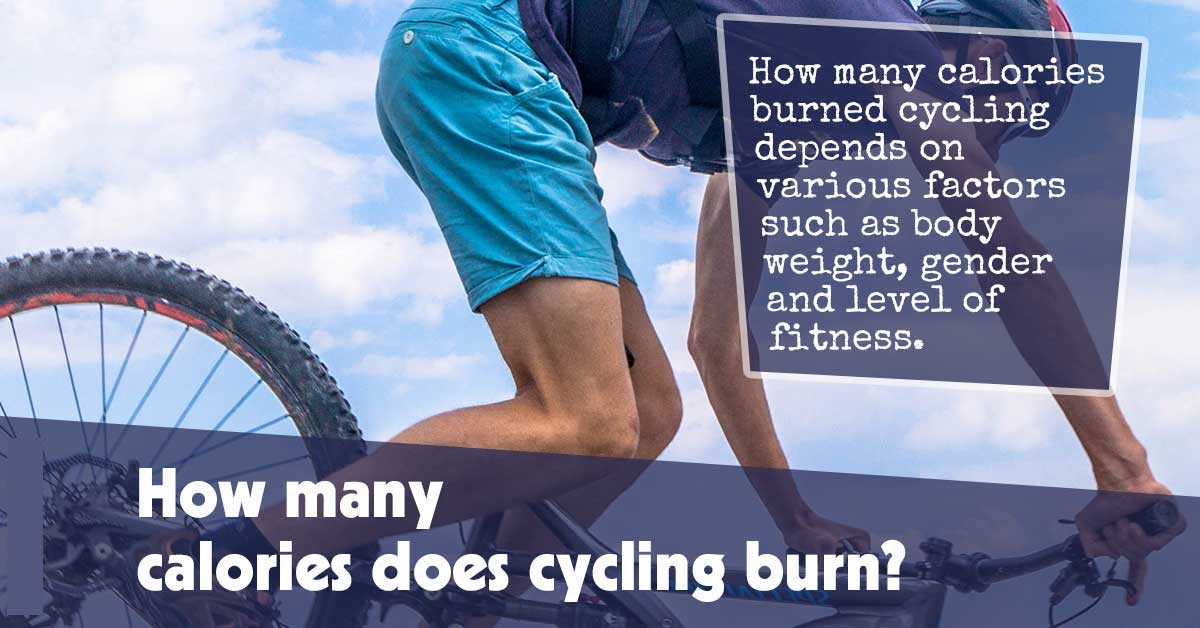Why Cycling is an Effective Way to Shed Pounds
Cycling is a low-impact exercise that can be easily incorporated into daily routine, making it an ideal option for individuals looking to lose weight. Whether it’s commuting to work, running errands, or simply taking a leisurely ride around the neighborhood, cycling can be a fun and effective way to burn calories and shed pounds. In fact, cycling has significant calorie-burning potential, with the ability to burn anywhere from 400 to 1000 calories per hour, depending on intensity and individual factors. This makes it a great addition to a weight loss routine, especially when combined with a healthy diet. By understanding the benefits of cycling and how it can be used to support weight loss, individuals can make informed decisions about their fitness routine and achieve their goals more effectively.
Understanding Calorie Expenditure: How Cycling Compares to Other Exercises
Calorie expenditure, or the number of calories burned during physical activity, is a crucial factor in weight loss. Different exercises have varying calorie-burning potential, and understanding how cycling compares to other exercises can help individuals make informed decisions about their fitness routine. Cycling is a moderate-intensity exercise that can burn a significant number of calories per hour, making it an effective way to support weight loss goals. In comparison to other exercises, cycling burns approximately the same number of calories as swimming or jogging, but fewer calories than high-intensity exercises like running or jumping rope. Factors such as intensity, weight, and fitness level also influence calorie burn, with more intense cycling and heavier individuals burning more calories per hour. By understanding how cycling compares to other exercises in terms of calorie expenditure, individuals can create a well-rounded fitness routine that supports their weight loss goals.
How Many Calories Does an Hour of Cycling Really Burn?
One of the most common questions asked by individuals looking to use cycling for weight loss is “how many calories does an hour of cycling burn?” The answer to this question varies depending on several factors, including intensity, weight, and fitness level. According to a study published in the Journal of Sports Science and Medicine, a 154-pound person cycling at a moderate intensity (10-12 miles per hour) can burn approximately 400-600 calories per hour. However, this number can increase to 800-1000 calories per hour for more intense cycling (15-18 miles per hour) or for heavier individuals. Additionally, fitness level also plays a role, with more fit individuals burning more calories at the same intensity. For example, a study by the Compendium of Physical Activities estimates that a 120-pound person cycling at a vigorous intensity (18-20 miles per hour) can burn up to 1200 calories per hour. By understanding how many calories an hour of cycling can burn, individuals can create a more effective weight loss plan that incorporates cycling as a key component.
The Role of Intensity and Resistance in Calorie Burn
When it comes to cycling for weight loss, understanding the role of intensity and resistance is crucial for maximizing calorie burn. Intensity refers to the level of effort exerted during cycling, with higher intensities resulting in greater calorie expenditure. Resistance, on the other hand, refers to the force opposing the movement of the pedals, which can be adjusted through gear selection. By adjusting intensity and resistance, individuals can increase or decrease calorie expenditure during cycling. For example, cycling at a high intensity with a heavy gear selection can burn up to 1000 calories per hour, while cycling at a low intensity with a light gear selection may burn only 200-300 calories per hour. Additionally, incorporating strength training exercises, such as leg press and squats, can also increase muscle mass, which can further enhance calorie burn during cycling. By understanding how to manipulate intensity and resistance, individuals can optimize their cycling routine to achieve their weight loss goals.
https://www.youtube.com/watch?v=Dsvtzwp4nG8
How to Maximize Calorie Burn While Cycling
To get the most out of cycling for weight loss, it’s essential to incorporate strategies that maximize calorie burn. One effective way to do this is through interval training, which involves alternating between high-intensity cycling and low-intensity cycling or rest. This type of training has been shown to increase calorie burn both during and after exercise. Another strategy is to incorporate hill sprints, which involve cycling uphill at maximum intensity for short periods. This type of exercise has been shown to increase excess post-exercise oxygen consumption (EPOC), resulting in increased calorie burn after exercise. Additionally, incorporating strength training exercises, such as squats and lunges, can also increase muscle mass, which can further enhance calorie burn during cycling. Other tips for maximizing calorie burn while cycling include cycling with a higher gear, incorporating arm exercises, and cycling with a partner or group to increase motivation. By incorporating these strategies into a cycling routine, individuals can maximize calorie burn and achieve their weight loss goals more efficiently.
Indoor vs. Outdoor Cycling: Which Burns More Calories?
When it comes to cycling for weight loss, one of the most common debates is whether indoor or outdoor cycling is more effective for burning calories. The answer lies in understanding the factors that influence calorie burn in each environment. Outdoor cycling, for example, involves wind resistance, which can increase calorie burn by up to 20% compared to indoor cycling. Additionally, outdoor cycling often involves varying terrain, such as hills and inclines, which can further increase calorie burn. On the other hand, indoor cycling allows for more control over resistance and intensity, making it easier to tailor a workout to individual calorie burn goals. Furthermore, indoor cycling can be more convenient and accessible, especially for those with limited outdoor cycling options. According to a study published in the Journal of Sports Science and Medicine, outdoor cycling can burn up to 600-800 calories per hour, while indoor cycling can burn up to 400-600 calories per hour. Ultimately, the choice between indoor and outdoor cycling comes down to personal preference and individual goals. By understanding the benefits and drawbacks of each, individuals can make an informed decision and maximize their calorie burn.
Using Cycling to Support a Weight Loss Diet
While cycling is an effective way to burn calories and shed pounds, it’s essential to combine it with a healthy diet for sustainable weight loss. A calorie deficit, which means consuming fewer calories than the body burns, is necessary for weight loss. Cycling can help create this deficit, but a well-balanced diet is also crucial. A diet rich in whole foods, fruits, vegetables, and lean protein can help support weight loss goals. Additionally, staying hydrated by drinking plenty of water is essential for optimal cycling performance and weight loss. To maintain motivation, it’s important to set realistic weight loss goals and track progress. This can be done by monitoring weight, body fat percentage, and cycling performance metrics such as distance, speed, and heart rate. Furthermore, incorporating strength training exercises, such as squats and lunges, can help build muscle mass, which can further enhance calorie burn during cycling. By combining cycling with a healthy diet and strength training, individuals can create a comprehensive weight loss plan that yields sustainable results. Remember, how many calories does an hour of cycling burn is just one part of the equation – a healthy diet and regular exercise are essential for achieving and maintaining weight loss goals.
Getting Started with Cycling for Weight Loss
Now that you understand the calorie-burning potential of cycling, it’s time to get started on your weight loss journey. Begin by setting realistic goals, such as cycling for 30 minutes, three times a week, and gradually increase your duration and frequency as you build endurance. Invest in a good quality bicycle, helmet, and cycling shoes to ensure a comfortable and safe ride. If you’re new to cycling, consider starting with indoor cycling or joining a spin class to get familiar with the motion and build confidence. As you progress, incorporate outdoor cycling into your routine to take advantage of the added calorie burn from wind resistance and varied terrain. To track your progress, use a cycling computer or mobile app to monitor your distance, speed, and heart rate. Remember, how many calories does an hour of cycling burn is just one aspect of your weight loss journey – consistency, patience, and persistence are key to achieving your goals. Stay motivated by celebrating small victories, such as increasing your cycling distance or completing a challenging ride. With dedication and perseverance, you can unlock the full calorie-burning potential of cycling and achieve your weight loss goals.





